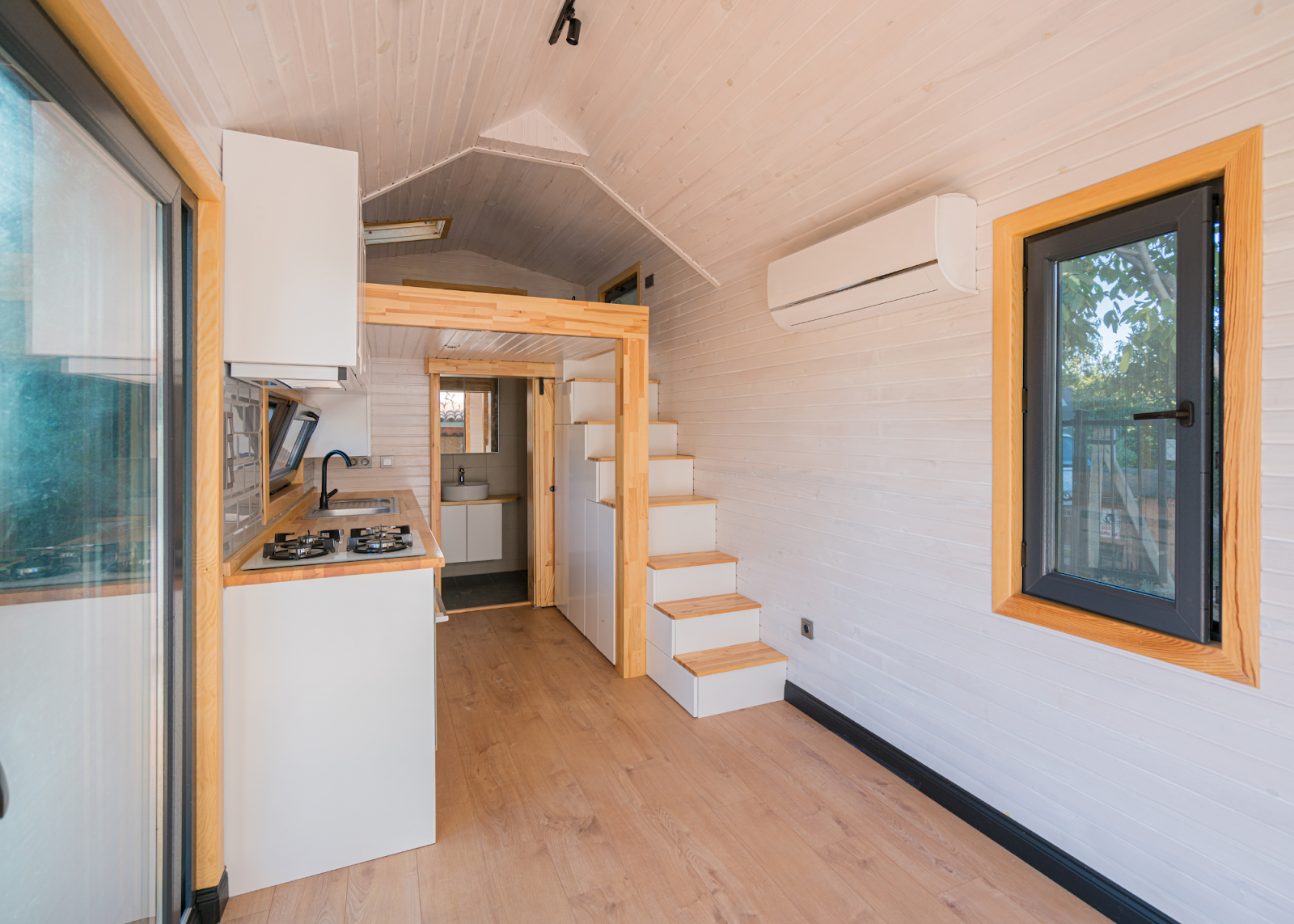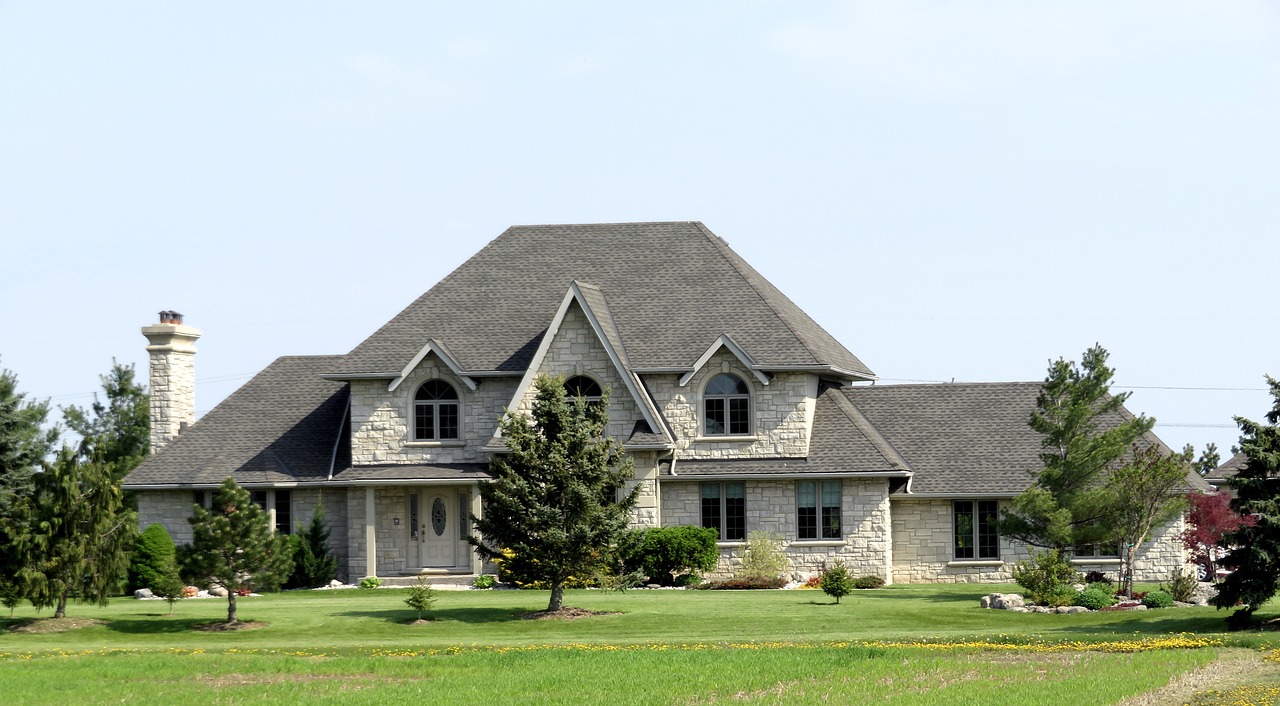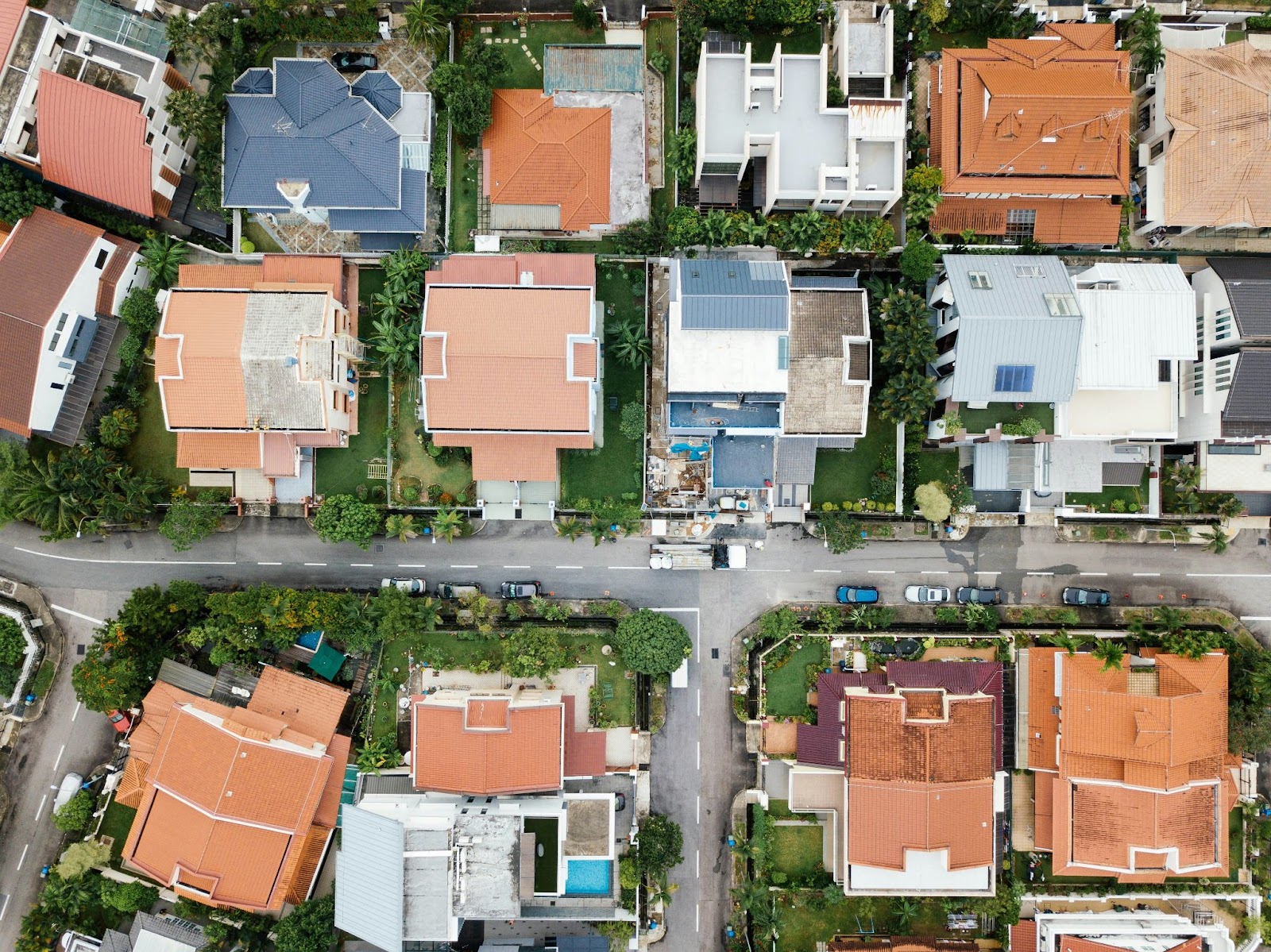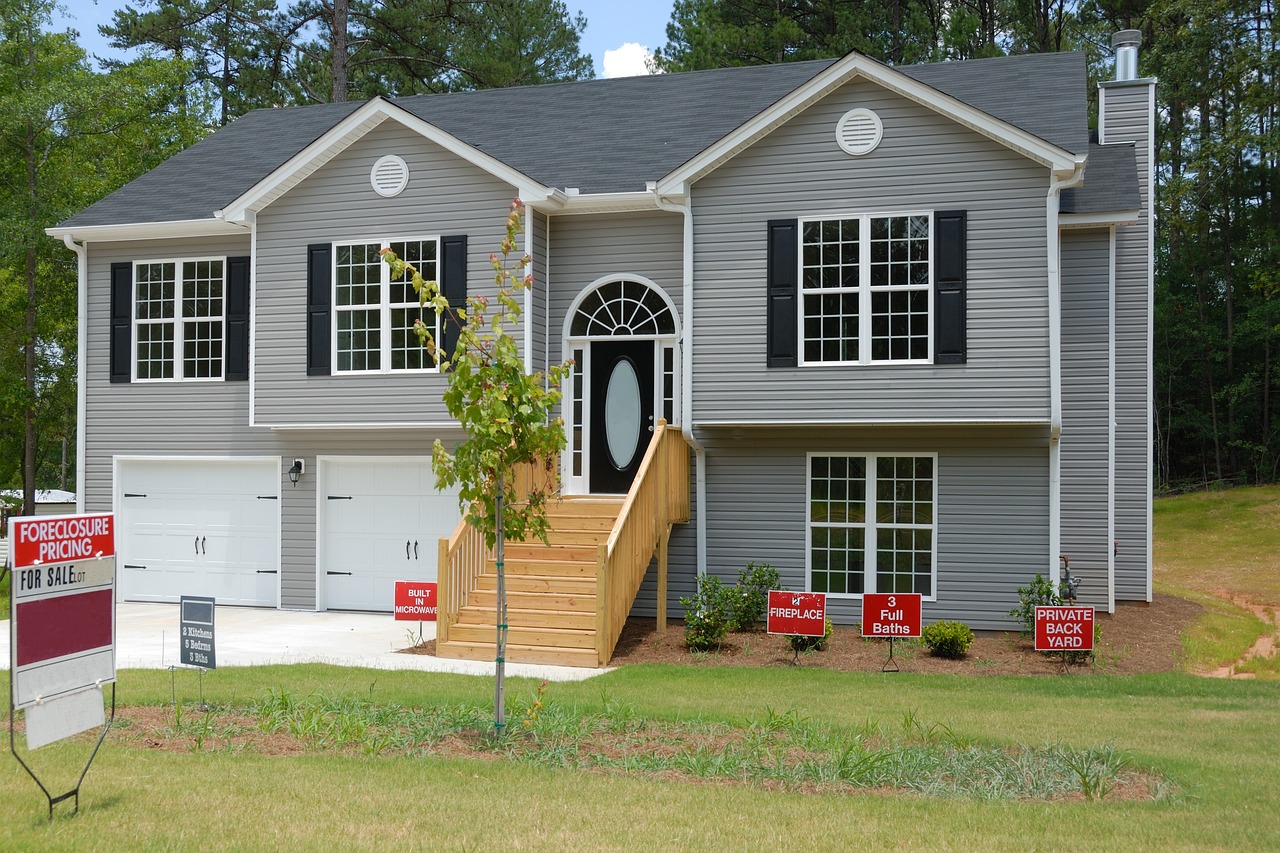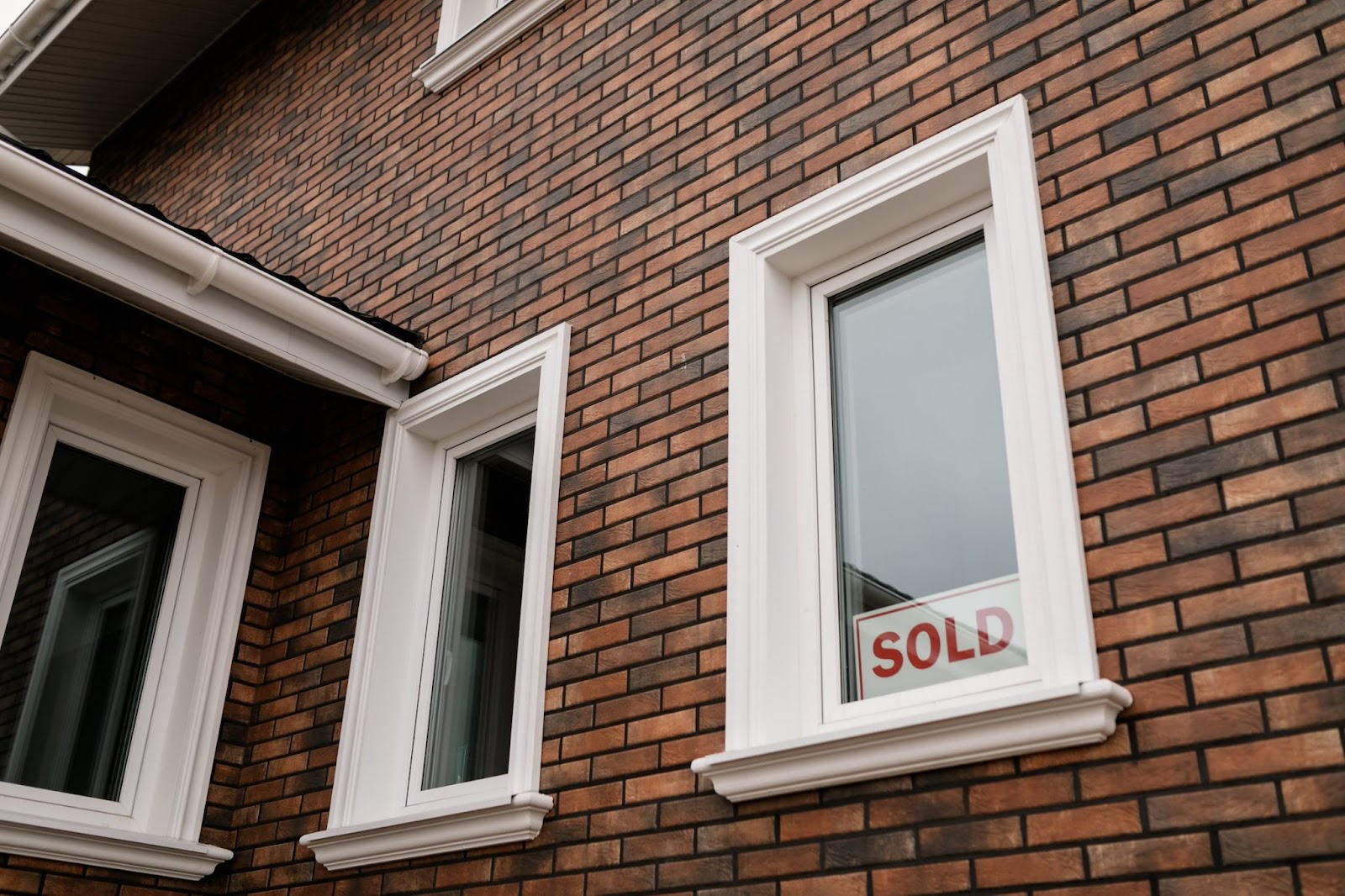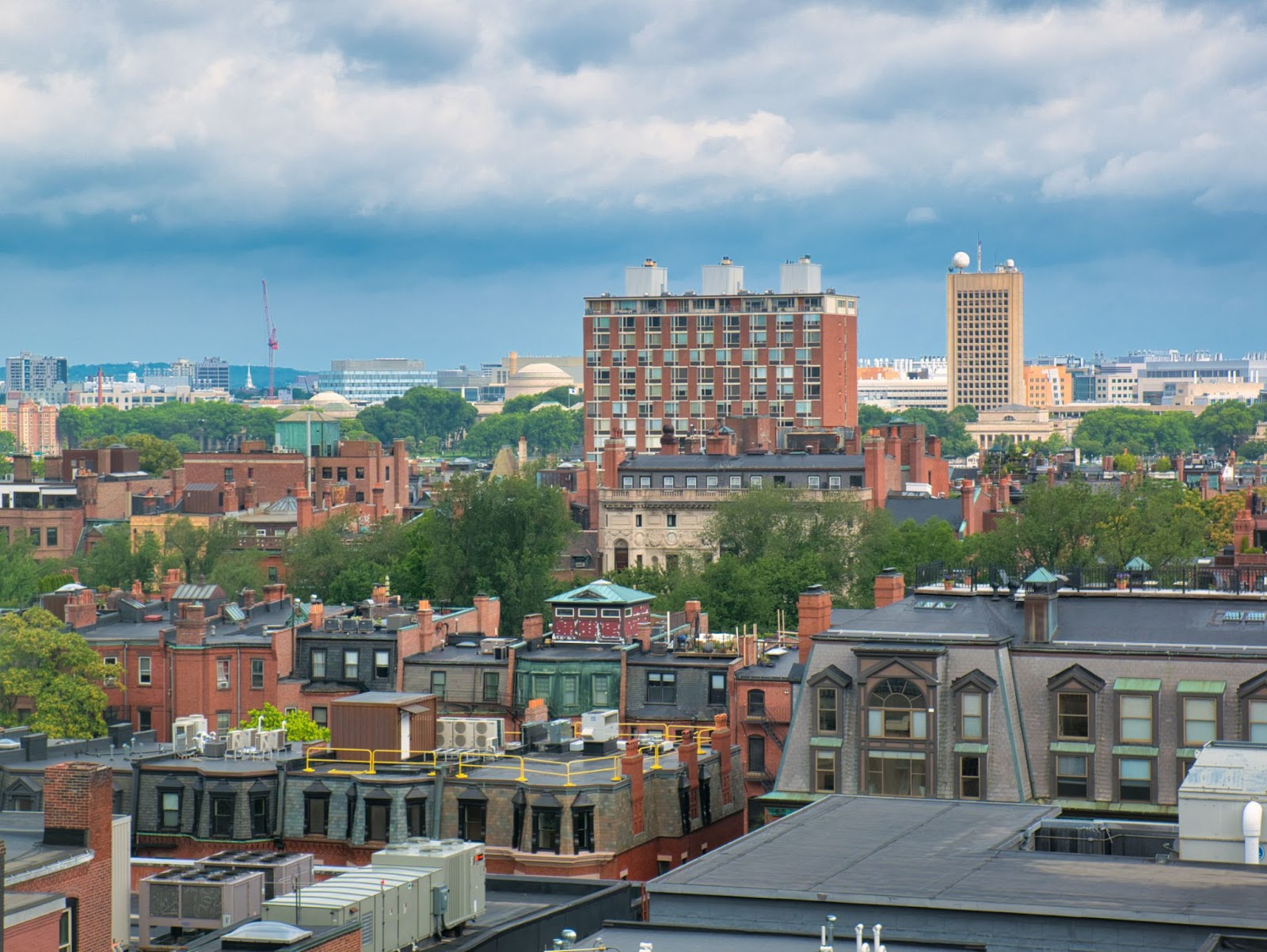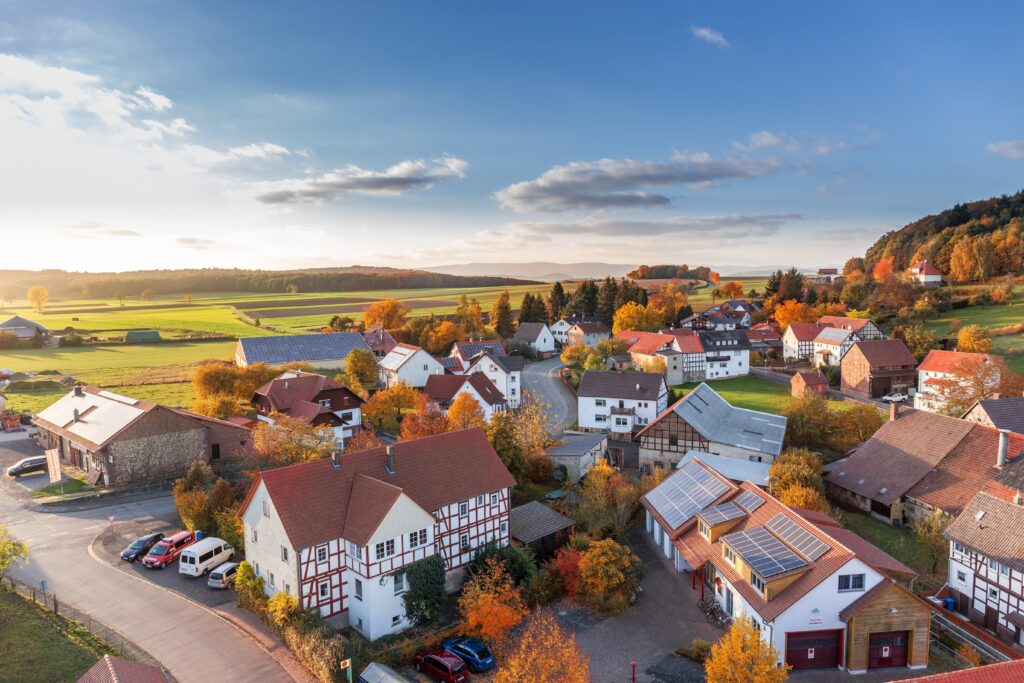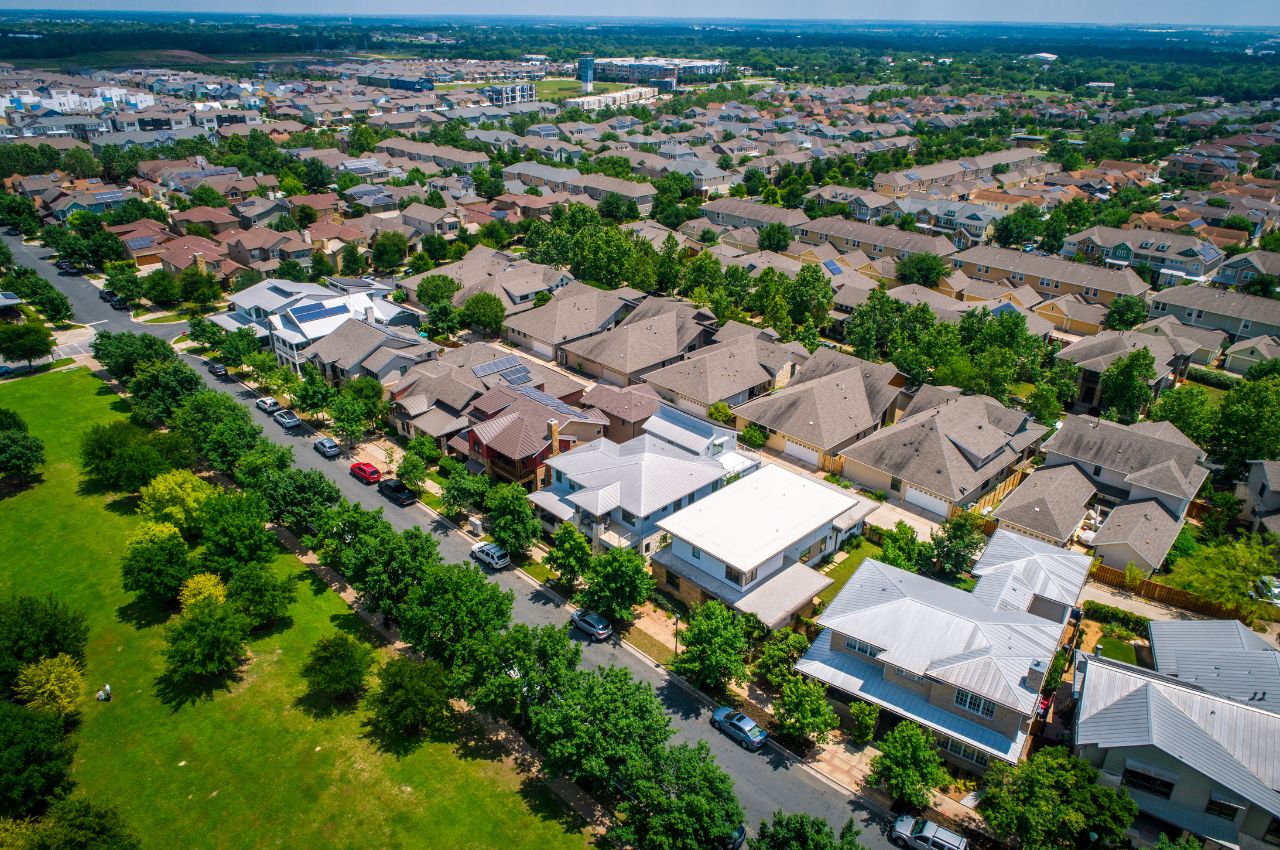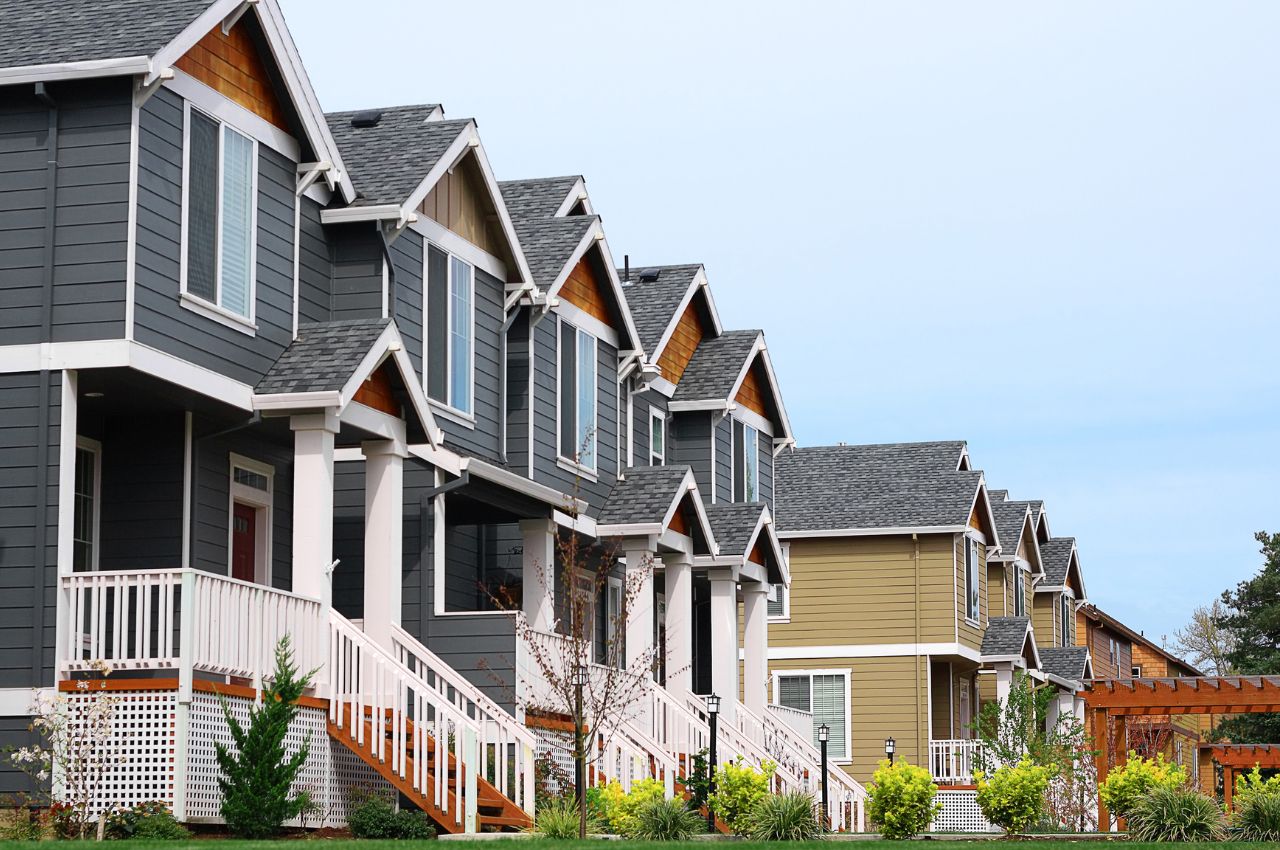Despite higher mortgage rates discouraging many people from buying homes, home prices in the U.S. have recently struck an all-time high. On a national level, the average home price spiked by 6.5% on an annual basis in March, according to the data reported by the S&P CoreLogic Case-Shiller Home Price Index last Tuesday. The index rose 0.3% from February after seasonal adjustments, concerning every month.
According to the head of Commodities, real and digital assets at S&P Dow Jones Indices, Brian D Luke, “This month’s report boasts another all-time high.” Luke notes in his analysis, “We’ve witnessed records repeatedly break in both stock and housing markets over the past year.”
During six of the past 12 months, according to Luke, the Case-Shiller National Index has reached unprecedented new heights. During this time, the S&P 500 benchmark stock index has also hit new all-time highs across 35 trading sessions.
Furthermore, gains for the two major asset classes have enhanced household wealth, which struck a new record-high in the first quarter of 2024. Nevertheless, higher home prices have also aggravated potential home buyers, many of which think the dream of home ownership is rapidly slipping out of reach.
Looking specifically at where home prices are rising the quickest, San Diego once again posted the largest annual gain in home prices out of the 20 metro areas tracked by the index. San Diego saw an increase of 11.1% over the past year.
A close second to San Diego was New York City, coming in with an increase of 9.2%, followed by Cleveland and Los Angeles, both at 8.8%.
The two largest U.S. cities, New York City and Los Angeles, “Have shown significant recovery” following the events that occurred in the fallout of the COVID-19 pandemic, which now keeps in pace with the composite index.
However, previously faster-growing cities—San Francisco and Seattle—continue to trail their previous highs, currently sitting at 9.7% and 8.2% lower than in May 2022, respectively. Luke also notes that regionally, the northeast saw the fastest home price increases across the nation with an annual gain of 8.3%.
Luke said, “COVID was a boon for sunbelt markets, but the bigger gains the last couple of years have been the northern metro cities.” Of the indexes’ 20 noted metros, Denver and Portland, OR, reported their smallest annual gains, with prices expanding by only 2.1% and 2.2% respectively.
According to Senior economist Ralph McLaughlin, “The Midwest and Northeast continue to be popular markets with home buyers as prices keep climbing annually in the regions.” He continues, “Both the April hottest housing markets and the April rental report highlighted this trend as well. Southern markets saw slower price growth as relatively abundant new and existing inventory is helping relieve price pressure in the region.”
McLaughlin added, “Though inventory is still tight, seller activity continued to pick up into the early spring, climbing 30.4% year over year in April, in part due to a 12.2% increase in new listings in the month.” He concluded, “While this is certainly welcome news to inventory-constrained home buyers, recent mortgage rate increases along with inventory sitting at well below pre-pandemic levels is bringing yet another challenging season for those looking to buy.”










































































































































































































